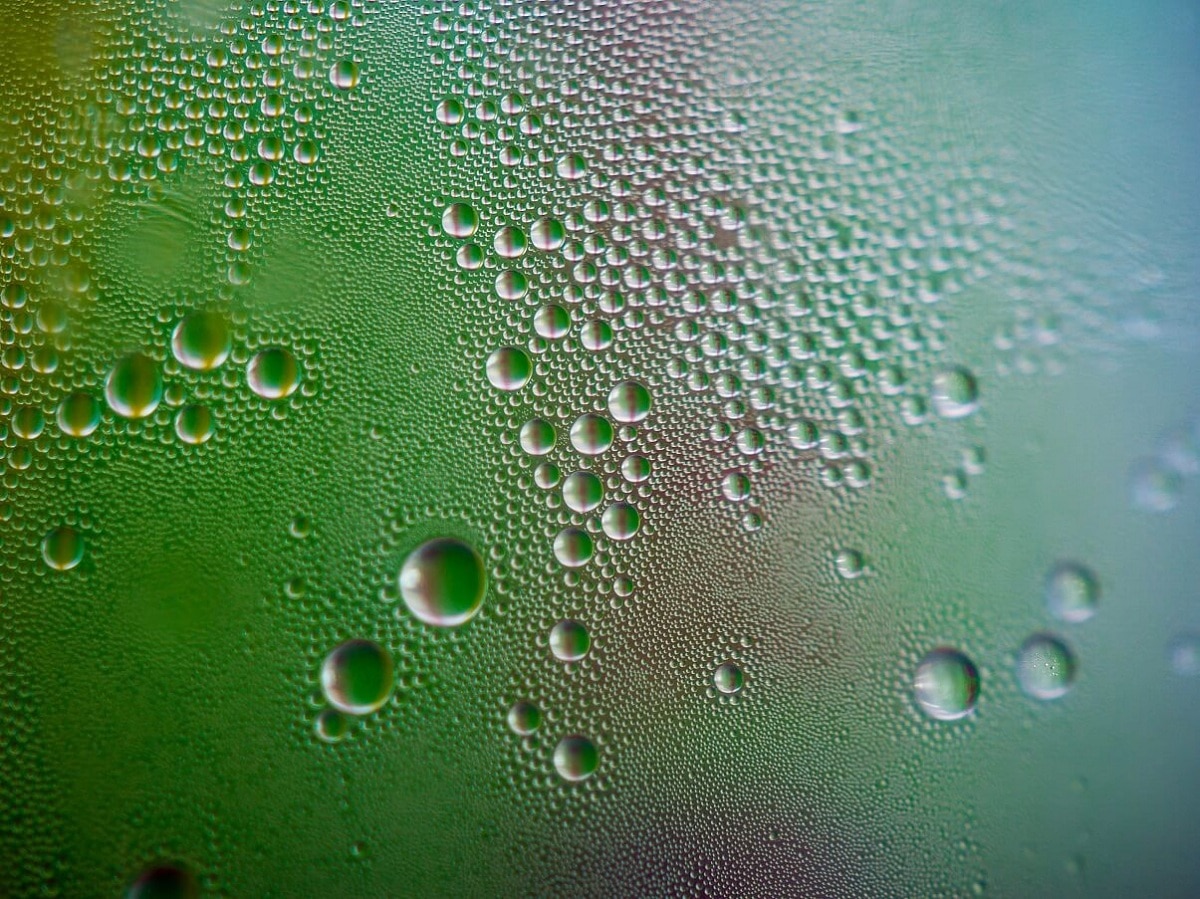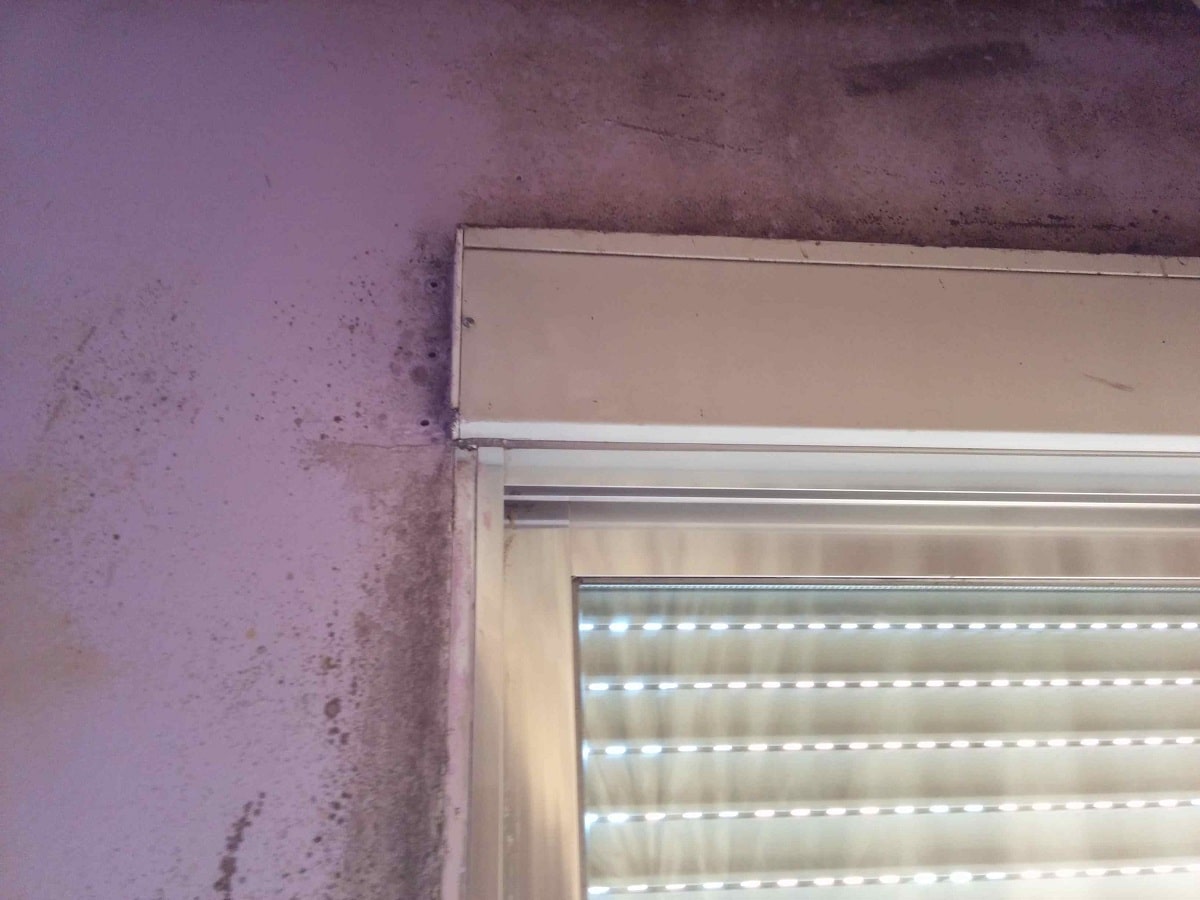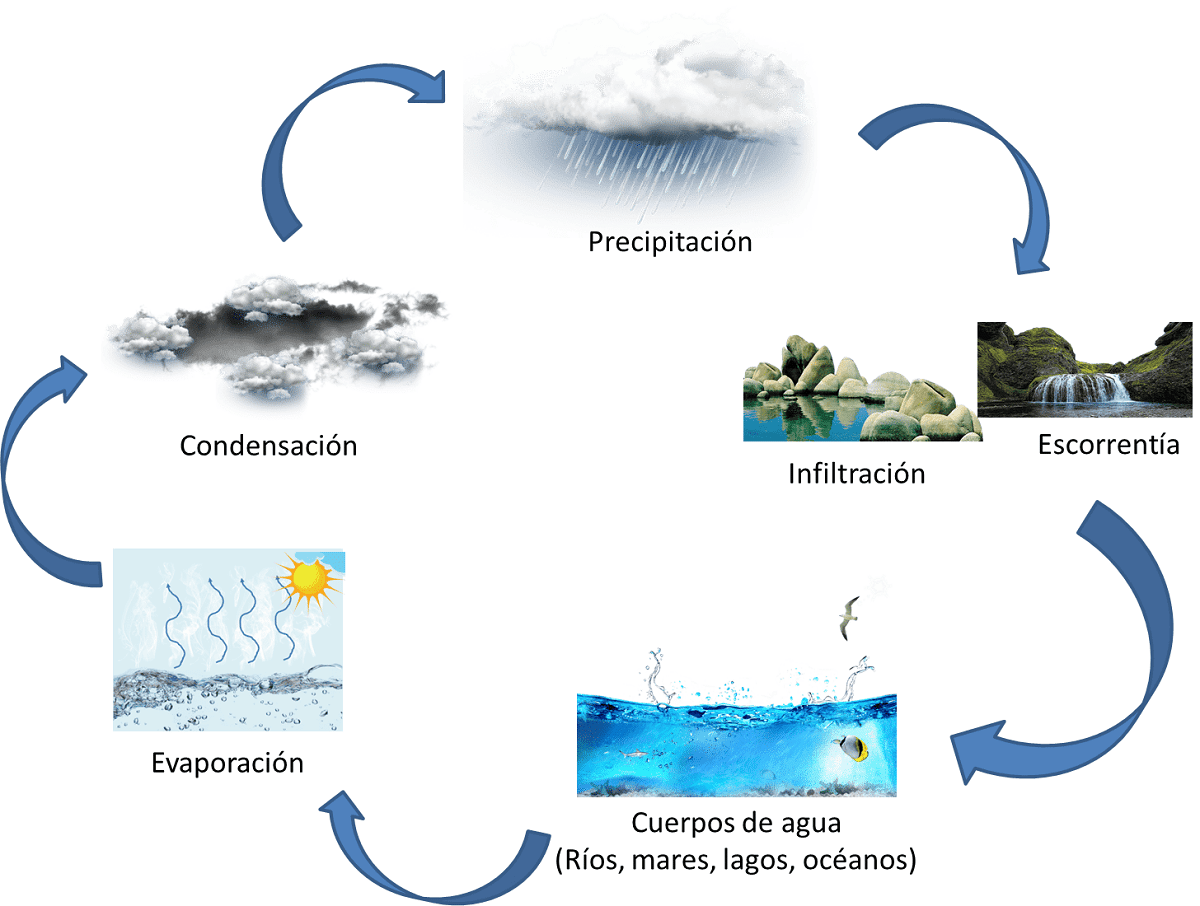
We know that water has three fundamental states: solid, liquid and gas. State change processes are important and should not be confused. In this case, we are going to talk about what is condensation and the importance it has.
For this reason, in this article we are going to delve into what condensation is, its characteristics, how it occurs and its importance.
what is condensation

Condensation is the process of changing the state of matter in which components in a gaseous state become liquid. This is the reverse process of vaporization, where elements in a liquid state become gaseous.
Condensation occurs naturally, although it also can be made artificially in a laboratory with a device called a condenser. It should be noted that during this process, the element only changes state. However, instead of becoming another element, it remains the same, only its physical state of matter changes.
We can see this process in many areas of our daily lives, whether it is when performing tasks such as bathing or cooking in our homes, or in nature. Certain conditions of temperature and pressure are necessary for the condensation process to occur and the change of substances from gaseous elements to liquid elements.
When conditions occur at pressures close to ambient, it is called transit condensation. When this process is forced by the use of high overpressures, it is called liquefaction.
Condensation occurs naturally when gas cools to its dew point, changing from a gaseous state to a liquid state. This can also be achieved by varying the pressure on the element. To achieve condensation artificially, it can be done using an instrument called a condenser, which is widely used in industrial or laboratory processes.
natural condensation
Condensation is an everyday process in nature. This happens and is easy to see, especially during cold seasons like winter or low temperatures. An example of condensation in nature is the morning dew.
Water vapor condenses only on one surface, where the surface temperature is below the saturation temperature of the pressure present in the steam. During this process, the water molecules release energy in the form of heat, giving the impression that the ambient temperature is higher than it really is in a very hot and humid environment.
This somehow tricks our skin and body into detecting a higher temperature than is actually present in a given environment. This is called a sensation of heat or a sensation of heat.
In nature, we can see the condensation process in various ways. In the biosphere, this process occurs mainly during periods of decreased atmospheric temperature, and is most noticeable during climatic events such as morning dew or rain. There are extensive and unique variations of condensation forms in nature.
Types of condensation

Condensation types are types of weather states that meteorologists define based on the natural features present in a particular area. Some of them can also be seen in everyday life carrying out the process that produces them. These types of condensation are classified as follows:
- Steam: Vapor will condense on a surface only if the temperature of the surface is lower than the temperature and pressure of the vapor.
- Frost and Dew: At night and at low temperatures, we can observe two states of condensation that occur naturally. When this process is carried out when the ambient temperature exceeds 0°C, we can observe small drops of water: dew. If condensation occurs when the ambient temperature is below 0°C, we see a small layer of crystalline ice: frost.
- Strata: The strata are formed in areas with a certain height. It is a large cloud layer with a gray tint that is denser than fog and appears over a large area.
- Nimbus: Nimbus is a cloud found at altitudes between 800 and 1000 meters that contains a lot of moisture and therefore has a dark color. They are the cause of precipitation.
- Cumulus: Clouds between 2000 meters and 6000 meters high are called cumulus clouds. They have a very white tint and are large. You can see it when the weather is good.
- Cirrus clouds: Cirrus clouds are very thin clouds located above 7.000 meters above sea level. Their composition is different from the others because they are made up of very fine ice crystals due to the low temperature they present at the heights where they appear, so they do not have a completely liquid-gaseous composition.
Condensation Applications

Condensation is a naturally occurring process and therefore can be used in different fields. One of the main ones is to get water in especially dry or dry areas to maintain moisture in the soil in that area.
Mechanisms such as dew pools are used for this. (excavated in the ground to allow the accumulation of dew), mist eliminators and other systems for obtaining water.
Many of these activities are carried out with the support of specific organizations that provide advice and training to residents of these areas to implement and maintain these systems. Condensation is also used in the dental field. Among other uses, condensed silicone can be used for patient bite registration. It is made through a number of chemical processes, one of which is the condensation of ethanol gas.
Another application of this process is fundamental in the field of chemical distillation and in laboratories for industrial applications.
Causes of humidity by condensation
When water vapor in the air comes into contact with a cold surface, condensation forms, so this vapor turns to liquid on the surface. For example, when we pour ourselves a glass of cold water, the temperature of the glass is the same as the temperature of the water it contains.
We usually say that glass "sweats", although this is impossible because sweating is a cooling process that takes place in the body or on porous surfaces such as our skin. Crystals do not have pores in their structure. In fact, the so-called "perspiration" is the humidity that is produced due to condensation, because the water vapor present in the environment comes into contact with the frozen surface of the glass, moistening it.
In houses and closed places, condensed humidity manifests itself in various places because the indoor temperature in these places is higher than the outdoor temperature. It can be seen on ceilings and ceilings, walls, glass and windows, especially where it is exposed or on cold surfaces.
Daily human activities and poor ventilation in indoor environments are one of the main causes of humidity. Cook inside, take a bath, dry clothes and keep warm and even talk.
These actions create steam, and the steam we create travels through the air to a saturation point where it settles on cooler surfaces, which are often exposed surfaces such as ceilings, windows, or walls. While not only activity or human factors can create humidity through condensation, errors or problems in the structure of our houses or the internal environment can also exacerbate it.
I hope that with this information you can learn more about what condensation is and its characteristics.